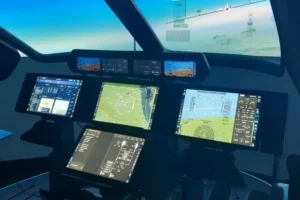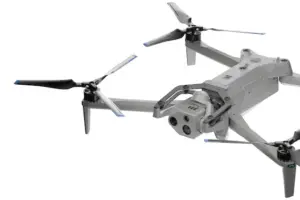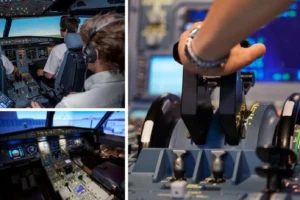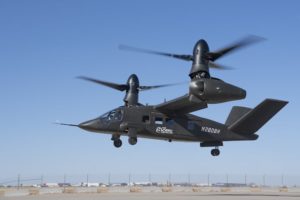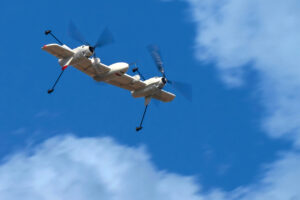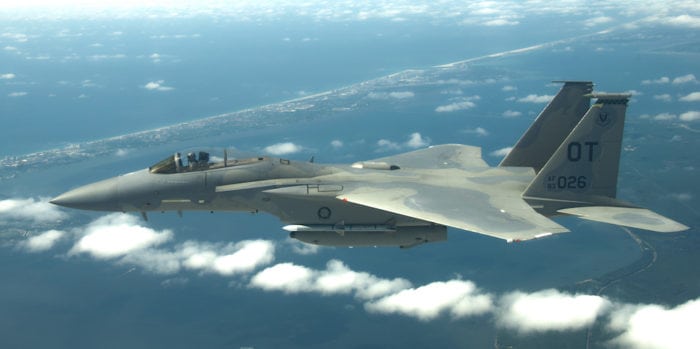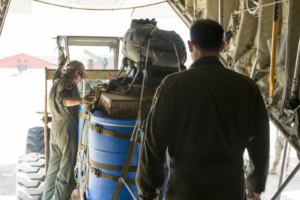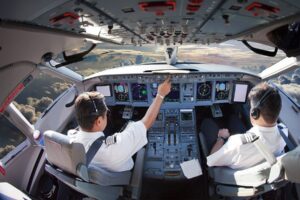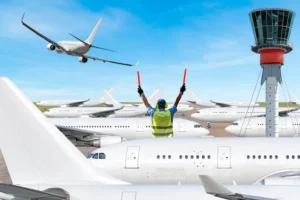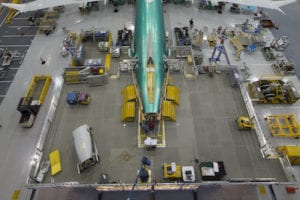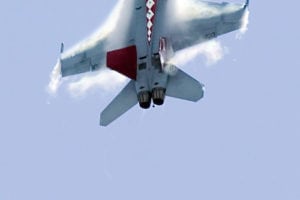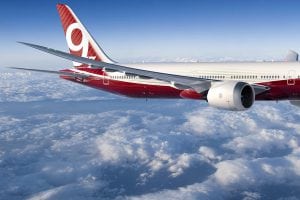Huerta: Globalization Key to NextGen, SESAR
By Tish Drake | September 26, 2011
Send Feedback
Global industry partners must work together to achieve air traffic modernization and harmonization, according to FAA Deputy Administration Michael Huerta.
Speaking Friday at the ICAO Global Air Navigation Industry Symposium (GANIS) in Montreal, Huerta said the industry is "at an historic crossroads in aviation right now. Further regional cooperation will be key to success."
"Today, air traffic continues to grow as the emerging middle class in many countries chooses to board an aircraft instead of taking the bus. All of this is happening while crisscrossing multiple national systems with different regulations, languages and technologies. The need for increased international cooperation on our air traffic systems has never been greater," he said.
He cited the early accomplishments of the Next Generation Air Transportation System (NextGen), including automatic dependent surveillance-broadcast (ADS-B) in the Gulf of Mexico, Seattle and Alaska, in the United States as examples of programs that are creating safer, more efficient and greener skies.
"While I am excited about the progress we are making with NextGen, I know that in an interconnected world, one aviation system cannot succeed on its own. Each system is a function of the next. All of the major systems need to work in harmony," he said. "We are all here at ICAO to ensure that this happens. We are here to ensure that aviation advances in a seamless and interoperable environment."


